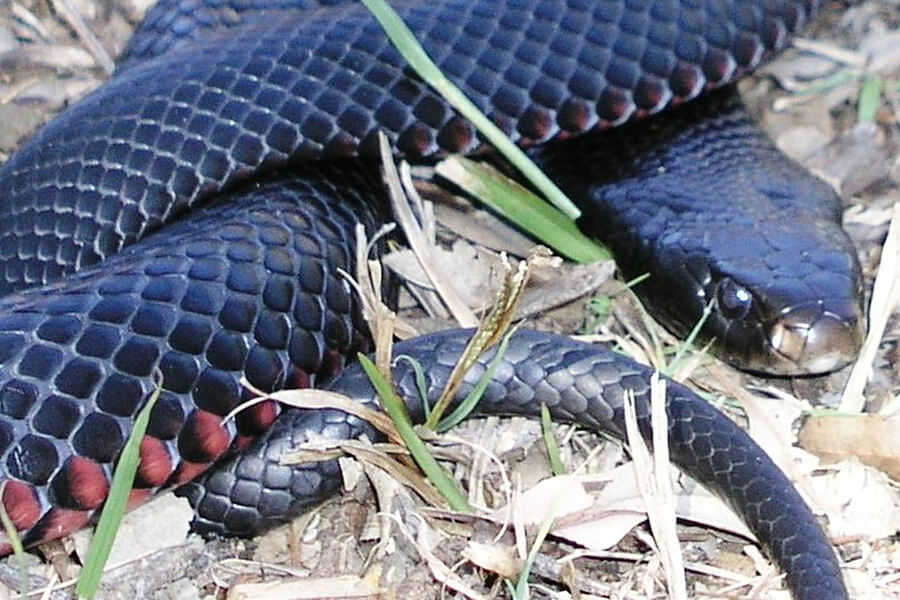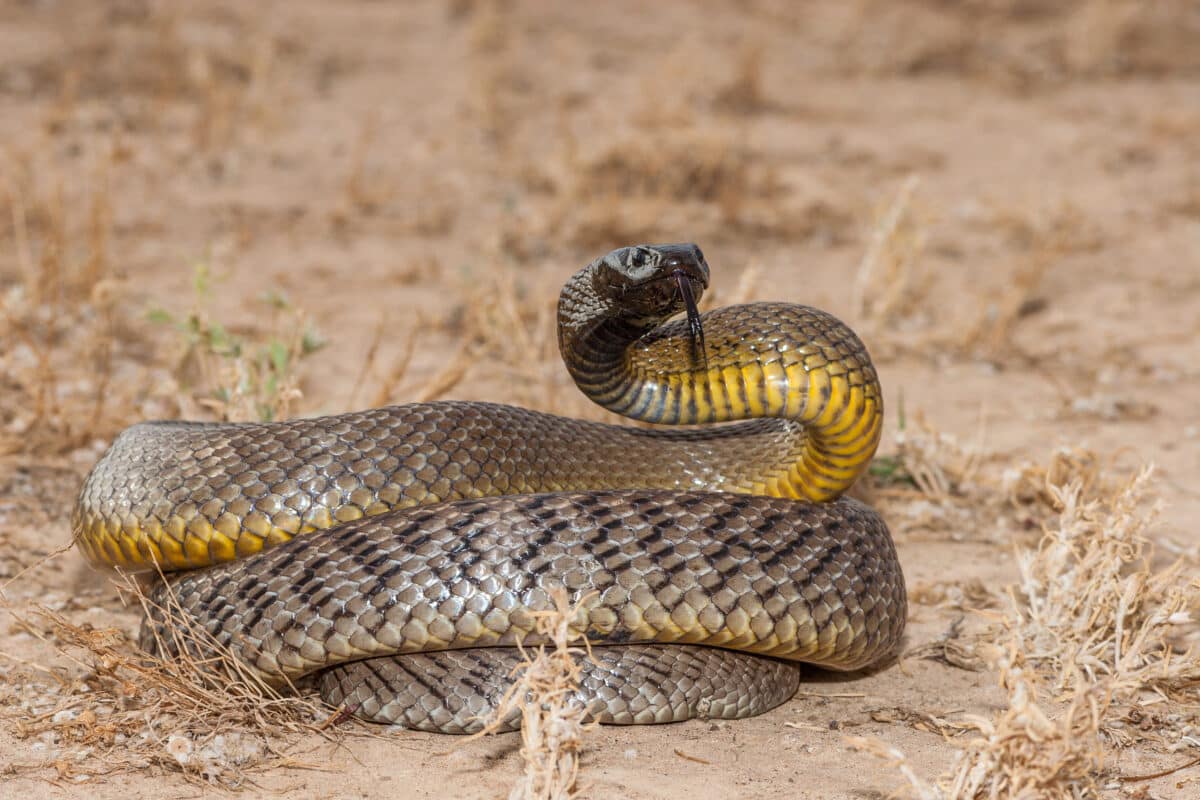Introduction
The tiger snake is among Australia's many infamous reptiles, feared for its powerful poison and hostile character. This interesting creature plays an essential function in the community, yet it usually deals with misconceptions that result in unneeded worry. In this detailed short article, we will explore the world of the tiger serpent, discovering its environment, venom characteristics, and essential first aid practices in case of a serpent bite.
Understanding the Tiger Serpent: Habitat, Poison, and Emergency Treatment Essentials
Tiger serpents are primarily located along the southern shoreline of Australia, consisting of Tasmania. They prosper in numerous environments such as marshes, coastal regions, and even urban areas. Their flexibility makes them successful killers; however, their proximity to human environments usually causes experiences that can cause bites.
This post intends to demystify tiger serpents by reviewing their environment choices, examining their poison make-up and impacts on human beings, and supplying critical emergency treatment details for bites.
1. Tiger Serpent Environment: Where Do They Live?
1.1 Overview of Tiger Snake Distribution
Tiger serpents (Notechis scutatus) are mostly discovered in southerly Australia and Tasmania. They occupy different ecosystems varying from seaside marshes to freshwater lakes.
- Coastal Areas: Tiger snakes are typically spotted near coastlines where they hunt for fish and amphibians. Wetlands: These locations supply enough concealing areas and abundant prey. Urban Locations: As cities broaden into all-natural habitats, tiger snakes may be seen venturing right into suv yards or parks.
1.2 Preferred Habitats of Tiger Snakes
Tiger serpents choose damp settings where water sources are conveniently available. Their environments commonly include:
- Marshes: The thick vegetation permits them to ambush target effectively. Swamps: These locations provide sanctuary from killers while offering an abundant searching ground. Riversides: Water bodies attract numerous animals which serve as food resources for these snakes.
1.3 Environmental Factors Affecting Habitat Choice
Several factors affect where tiger snakes select to reside:
- Temperature: Being ectothermic (cold-blooded), they require cozy settings for optimal activity levels. Prey Availability: High populaces of frogs and little mammals attract these snakes. Shelter: Thick plant life serves not only as camouflage however likewise as protection versus prospective threats.
2. Are Tiger Snakes Venomous? Understanding Their Venom
2.1 Structure of Tiger Snake Venom
Yes! Tiger serpents are without a doubt poisonous animals. Their poison is an intricate mix consisting of neurotoxins that can trigger paralysis and coagulopathies impacting blood clotting mechanisms.
Key Elements of Poison:
- Neurotoxins: Influence nerve function resulting in paralysis. Hemotoxins: Damages capillary causing internal bleeding.
Understanding these parts aids us value the potency of snake bite first aid kit a tiger serpent bite.
2.2 Effects of a Tiger Serpent Bite on Humans
A bite from a tiger serpent can bring about serious signs:
- Local Signs: Discomfort, swelling, and staining at the bite site. Systemic Symptoms: Nausea or vomiting, throwing up, difficulty taking a breath as a result of paralysis or tightness of airways.
Severity Levels
Minor Bite: Local pain without systemic symptoms. Moderate Bite: Systemic signs however workable with medical care. Severe Bite: Lethal; calls for immediate medical intervention.3. Determining Various Sorts Of Tiger Snakes
3.1 Eastern vs Tasmanian Tiger Snakes
There are two primary groups based on geographical circulation:
Eastern Tiger Serpent (Notechis scutatus)
Found along eastern coastlines as much as Queensland.
Tasmanian Tiger Snake (Notechis scutatus)
Adapted particularly to Tasmania's distinct atmosphere with slightly varying coloration patterns.
3.2 Color Variations in Habitat Preferences
Tiger snakes display considerable shade variants relying on their habitat:
- Coastal populations frequently show red stripes or spots for better camouflage versus sandy shores.
4. Habits Patterns of Tiger Snakes
4.1 Hostility Level
Tiger snakes are known for their aggressive actions when endangered or collared which can result in defensive strikes if provoked.
4.2 Hunting Techniques
They have impressive agility enabling them to strike promptly at target such as frogs or tiny rats generally during golden hours when they're most energetic-- making them nocturnal hunters!
5. Emergency Treatment for Snake Bites: Crucial Steps You Have To Know
When it comes to dealing with snake bites, understanding is vital!

5.1 Immediate Actions After a Bite
If bitten by a tiger serpent:

Stay calmness! Panic increases heart rate which spreads out venom faster through your bloodstream.
Apply stress around the wound utilizing clean fabrics-- avoid reducing or drawing out venom!
Remove tight clothing/jewelry near the bite website; swelling might occur rapidly.
Immobilize the influenced arm or leg making use of splints if possible-- this limits movement assisting decrease poison spread!
5.2 Obtaining Medical Help
Seek emergency situation medical assistance immediately! Time is critical when handling potential envenomation from tiger snakes! Anti-venom

5.3 Emergency treatment Set Essentials for Serpent Bites
Having a well-equipped first aid kit can make all the difference during emergencies:
|Product|Description|| ------|-------------|| Stress Bandage|Assists immobilize wound|| Sterile Gauze|For clothing injuries|| Emergency Situation Get In Touch With Info|Quick accessibility numbers|| Antivenom Information|Knowledge regarding neighborhood antivenoms|
6 FAQs About Tiger Snakes
Q1: Are all tiger snakes dangerous?
A: While all have venomous capabilities affecting people dramatically-- most favor avoidance unless threatened!
Q2: Just how promptly does tiger serpent poison impact humans?
A: Symptoms might show up within mins depending upon area & & quantity injected throughout envenomation events!
Q3: Can you make it through a tiger snake bite without treatment?
A: Neglected attacks can be fatal due to fast development; immediate treatment is crucial!
Q4: What should I do if I come across one?
A: Maintain range & & back away slowly; stay clear of unexpected activities that may Yellow faced whip snake bite symptoms provoke aggression!
Q5: How typical are attacks from tiger snakes?
A: Although encounters occur often-- actual attacks continue to be reasonably uncommon due largely due preventive steps taken by residents living within affected ranges.
Q6: Is there a remedy available?
A: Yes! Antivenoms certain for Australian varieties exist-- medical facilities lug these medicines prepared when required urgently post-bite incidents!
7 Conclusion
Understanding the intricacies surrounding "Recognizing the Tiger Snake: Habitat, Venom, and Emergency Treatment Essentials" is extremely important not only for personal safety yet additionally cultivating conjunction with these remarkable animals inhabiting Australia's landscape! By finding out more regarding their actions & & effective feedback approaches relating to possible experiences-- we equip ourselves much better against unneeded fears while valuing nature's diversity totally! So allow's welcome education instead are afraid-- it leads in the direction of consistency between humankind wildlife alike!